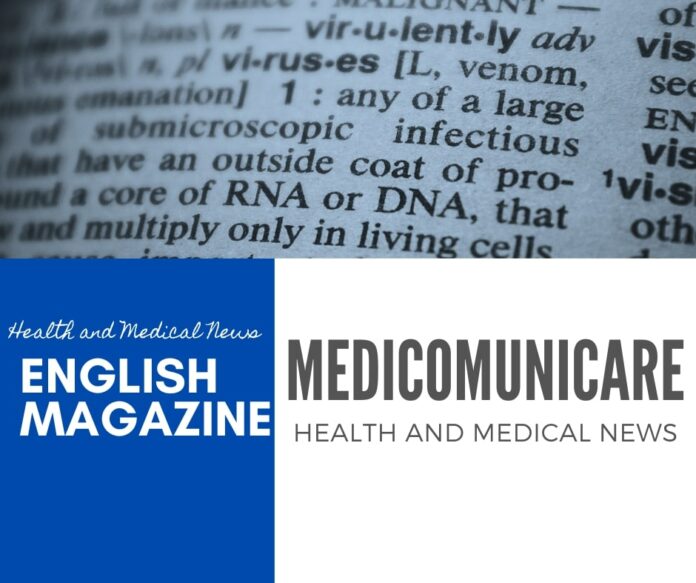Bone regeneration continues to be a critical challenge in tissue engineering, with unpredictable outcomes often hindering clinical application. Current strategies overlook key factors such as donor differences and biological sex, both of which play a significant role in fracture healing. While cartilage intermediates have shown promise, the transition from cartilage to functional bone remains poorly understood, and a lack of quality metrics that are predictive of bone regeneration across patients hinder clinical implementation. Moreover, the influence of biological sex on bone repair, particularly in younger patients, remains an underexplored area. These challenges highlight the urgent need to understand how donor and sex-specific mechanisms affect bone regeneration.
A groundbreaking study led by KU Leuven in collaboration with international researchers examined bone-forming callus organoids derived from human periosteal cells. The team compared organoids from male and female donors, analyzing their extracellular matrix composition, transcriptomes, and secreted proteins. Their findings unveiled sex-dependent pathways in the cartilage-to-bone transition, offering fresh insights into personalized tissue engineering. The study revealed striking differences between male and female-derived organoids in terms of cartilage formation. Male-derived organoids predominantly produced hypertrophic cartilage (HyC), featuring large, transparent structures rich in collagen II and glycosaminoglycans.
Female-derived organoids, on the other hand, were prone to develop fibrocartilage, consisting of smaller, denser tissues that lacked hypertrophic markers. Transcriptomic analysis uncovered a shared set of chondrogenic genes but distinct progenitor markers, suggesting early divergence in the differentiation process. A key highlight of the study was the identification of 84 secreted proteins common to both cartilage-to-bone pathways, but not present in non bone-forming tissue, like agrin (AGRIN), osteopontin (SPP1), periostin (POSTN), aggrecan (ACAN), annexin A2 (ANXA2), angiopoietin-like 4 (ANGPL4), autotaxin (NPP2) and bone morphogenic protein 1 (BMP1). These proteins are critical in driving bone maturation, angiogenesis and matrix remodeling.
Ipertrophic callus organoids were marked by a secreted panel of 22 proteins, with 12 exclusive markers, including Integrin-binding Sialoprotein (IBSP), Retinol-binding protein 4 (RBP4), Chondroadherin (CHAD), Lysyl oxidase homolog 2 (LOXL2) and Angiopoietin-related growth factor (ANGPTL2). An intriguing observation is that periosteal cells from all male donors generated hypertrophic organoids, while cells from 4 out of 5 female donors generated fibrocartilage organoids, indicating a role for biological sex in the mechanism of periosteal bone repair. The role of biological sex and hormone regulation is one of the known factors affecting bone homeostasis in age and diseases
Despite their morphological differences, both male and female organoids successfully regenerated bone in mice, though the HyC organoids produced larger volumes. Notably, male cells exhibited faster proliferation and deposited more extracellular matrix, highlighting the role of biological sex in progenitor cell activation. The implications of this research are profound, offering the potential to revolutionize treatments for bone defects with sex-specific or donor-matched therapies. The identification of secreted protein biomarkers could streamline the manufacturing process, reducing costs and enhancing the reliability of advanced therapeutic products.
Clinically, these advancements could benefit younger patients (aged 25-45), who often struggle with non-union fractures. Moving forward, future research will focus on validating these biomarkers in larger animal models and exploring the influence of hormones. Ultimately, this study underscores the crucial role of biological sex in regenerative medicine, advocating for a shift toward personalized approaches in tissue engineering.
- Edited by Dr. Gianfrancesco Cormaci, PhD, specialist in Clinical Biochiemsitry.
Scientific references
Decoene I, Svitina H et al. Bone Res. 2025; 13(1):41.
Kodama J, Wilkinson KJ et al. Bone Rep. 2022; 17:101616.
Negoro T, Takagaki Y et al. NPJ Regen Med. 2019; 3:1–10.
Osinga R et al. Stem Cells Transl Med. 2016; 5(8):1090.

